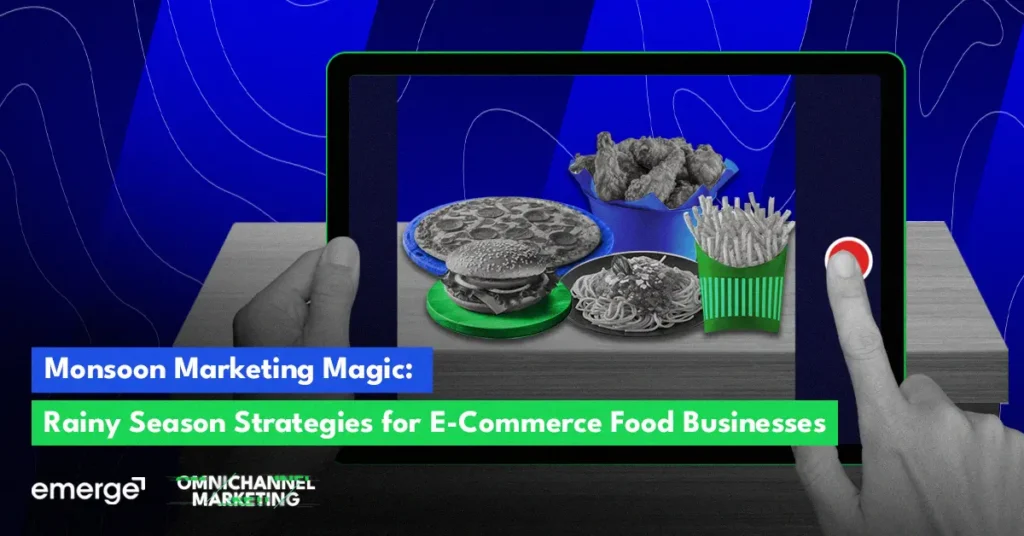
As the monsoon season sweeps across the landscape, bringing rain and a revitalizing atmosphere, it also presents an opportunity for...

Hello, Welcome to the site. Please click below button for chating me throught WhatsApp.

Typically replies within a day

Hello, Welcome to the site. Please check below button for chatting me through viber.